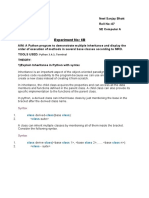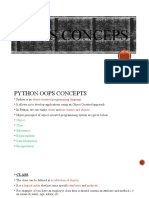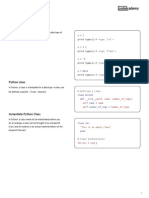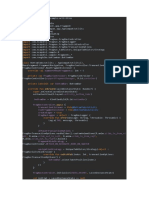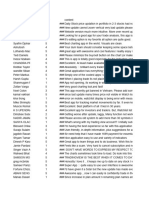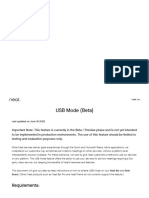0% found this document useful (0 votes)
4 views10 pagesPolymorphism Python U5 1
Python polymorphism refers to the ability of a single method to perform different operations based on the number and type of arguments, classified into compile-time and run-time polymorphism. Compile-time polymorphism includes method and constructor overloading, while run-time polymorphism is exemplified by method overriding. The document also discusses issues related to method overriding and provides solutions using the super() function to access base class methods.
Uploaded by
jayavarshan66Copyright
© © All Rights Reserved
We take content rights seriously. If you suspect this is your content, claim it here.
Available Formats
Download as PDF, TXT or read online on Scribd
0% found this document useful (0 votes)
4 views10 pagesPolymorphism Python U5 1
Python polymorphism refers to the ability of a single method to perform different operations based on the number and type of arguments, classified into compile-time and run-time polymorphism. Compile-time polymorphism includes method and constructor overloading, while run-time polymorphism is exemplified by method overriding. The document also discusses issues related to method overriding and provides solutions using the super() function to access base class methods.
Uploaded by
jayavarshan66Copyright
© © All Rights Reserved
We take content rights seriously. If you suspect this is your content, claim it here.
Available Formats
Download as PDF, TXT or read online on Scribd
/ 10










